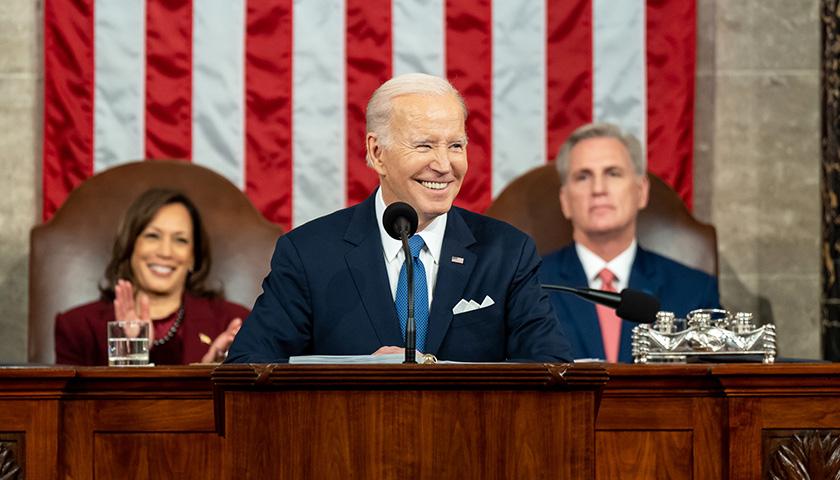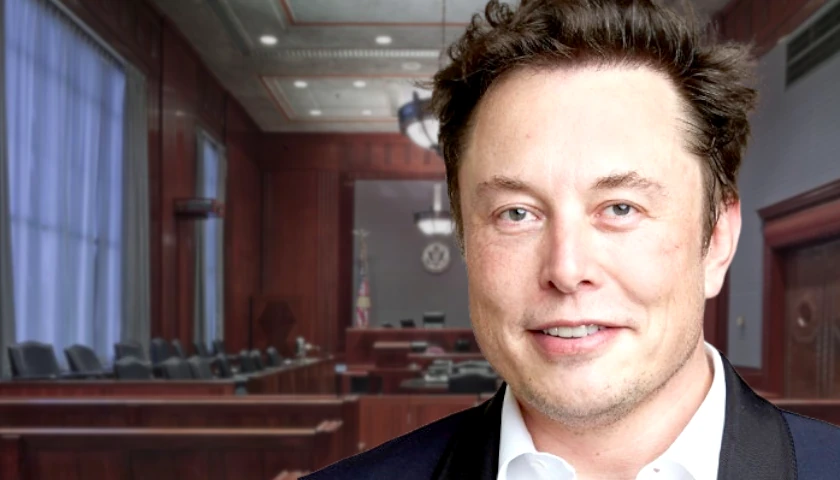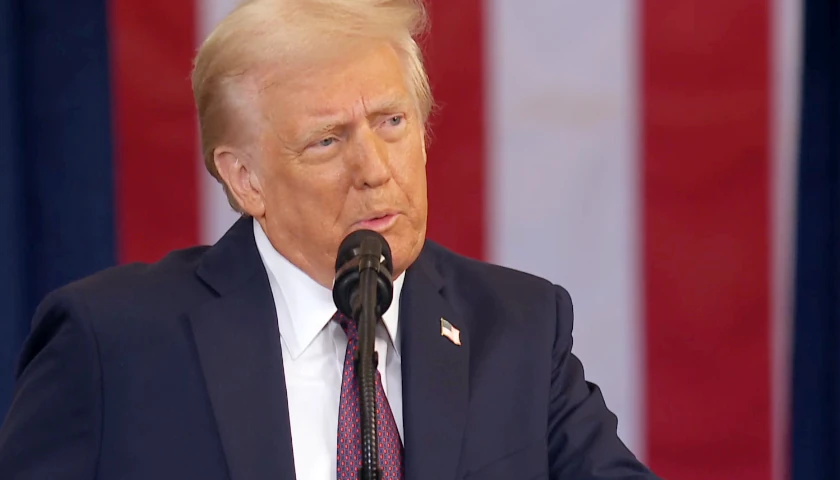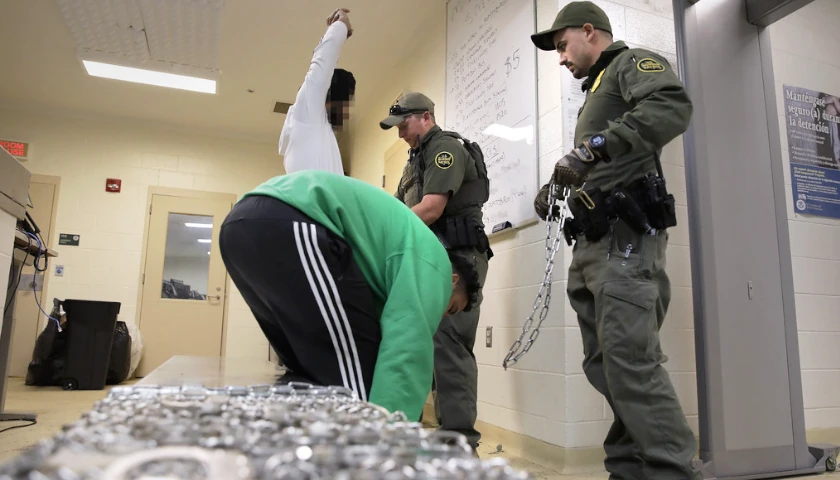by Mark W. Hendrickson
Last month, President Joe Biden unveiled his proposed 10-year budget plan. The dollar figures are eye-popping: $17 trillion dollars in additional debt.
The previous 10-year period, 2013 through 2022, saw the national debt rise by an unprecedented $14 trillion, an amount that was turbo-boosted by the over-the-top COVID spending blowout. Yet, instead of a return to the bad-enough normalcy of an annual debt increase measured in the hundreds of billions rather than trillions, Biden wants to set a new record for debt accumulated in a decade, with an average annual deficit of $1.7 trillion being his “new normal.”
Biden’s fiscal plan lies somewhere on the spectrum that ranges from appalling, unconscionable, disastrous, and insane to diabolical. It is sheer lunacy to believe that any government — even the government of a country as wealthy as the United States — can blithely continue to spend $1.7 more than the revenue it takes in year after year with impunity. The wealth of the United States is not limitless, and the pool of global savings from which borrowing can come is not bottomless. In fact, with other countries losing faith in the dollar and upset over America’s weaponization of the dollar, the pool of global savings from which the U.S. Treasury can borrow is shrinking. Biden’s plan is potentially a killer — a killer of the dollar, the economy, and possibly what is left of the American Constitution.
Can the U.S. GDP realistically be expected to grow by 4.2 percent per year? Not a chance. The 2021 GDP growth rate of 5.9 percent was the first time in this century that growth was above 4 percent, and that growth is largely illusory, being artificially boosted by the COVID era’s massive monetary inflation. Even Biden’s economic team projected in 2021 that we should expect sub-2 percent growth for the rest of the 2020s.
At steady 2 percent growth for the next decade, today’s $26.15 trillion GDP would total $31.87 trillion. The projected accumulated debt of $48.6 trillion in 2033 would be 1.52 times the size of the national GDP — a huge jump from today’s already-too-high 1.2 ratio.
Actually, the gap between GDP and debt is likely to widen even further than those numbers indicate. One reason is the unrealistic assumption that there will be no recessions — which surely would depress annual GPD growth below 2 percent — for an entire decade. (In fact, we might not make it through 2023 without a recession.) A second reason why Biden’s $17 trillion could be understated is that his proposal assumes that Uncle Sam will be able to raise an additional $4.7 trillion in taxes over the course of the decade. The actual increase in revenue is likely to be significantly lower because Biden’s proposed tax hikes will reduce investment and hence depress tax revenues (i.e., higher capital gains tax), or reduce economic growth and efficiency, again reducing tax revenues (i.e., higher corporate profits taxes), or will be tossed out by courts for being unconstitutional, thereby raising zero revenue (i.e., a paper wealth tax).
The projected $17 trillion in additional federal debt seems to be downplaying a new, hugely significant development: the soaring cost of servicing government debt. In its attempt to fight inflation, the Federal Reserve has jacked up interest rates. In the private sector, this has increased the cost of financing purchases large and small, leaving an untold number of Americans unable to afford a house or a new car. Rising interest rates affect the federal fiscal process, too. Uncle Sam’s cost of “toting the note” — that is, of paying the interest due on debt obligations — is rising at a rapid rate.
Recently, Fed Chair Jerome Powell, in response to a question as to whether the current government debt is manageable, answered in the affirmative. (What else could he do? If he expressed any doubt at all, he would have triggered a financial panic.) However, he also admitted, “The problem is that we’re on a path where the debt is growing substantially faster than the economy.” (See numbers earlier in this article: Biden is making the problem worse.) Powell then stated the danger with the present course of ever-increasing federal indebtedness: “[That path is] by definition, in the long run, unsustainable.”
The other way of interpreting Powell’s usage of “unsustainable” is that he is acknowledging the ineluctable fact that there is only so much capital (savings) in the world that the Treasury can borrow. The only way to increase the willingness of holders of capital to purchase government debt would be to raise interest rates, a killer for the economy. And if not enough buyers show up to lend money to Uncle Sam by buying Treasury bills, notes, and bonds, the only alternative to supplying the Treasury with enough dollars to fund Washington’s expenditures would be for the Fed to create more money on a massive scale. At the very least, such monetary inflation would wreak havoc with the purchasing power of the dollar and quite possibly could precipitate an inflationary depression. One way or the other, Biden’s plan would put us on a track leading to intense, widespread economic pain.
Question: Does Team Biden have any awareness at all of the fiscal and economic crackup that their proposed rapid increase of national debt could lead to? If they don’t, they are stupid; if they do, they are evil. Sadly, I think it’s a combination of the two. Frankly, I think responsibility for our obscene national debt is bipartisan. Republicans talk more than Democrats about fiscal discipline, but when Presidents George W. Bush and Donald Trump had Republican congresses, budget deficits rose instead of fell. It got to the point that Trump capitulated on the debt issue, essentially surrendering to former House Speaker Nancy Pelosi. In fairness to both parties, the electorate as a whole wants government benefits and does not want to be taxed to pay for them, so all the political incentives favor deficit spending, which has become endemic and systemic.
That said, Team Biden and their progressive allies in the Democratic Party are the more sinister party. Most Republicans don’t want our economy to crack up. The Democrats, by contrast, as I have been saying for years, have as their “end game” a desire to rule the country from the top down. These power-hungry ideologues want to control everything in your life from the kind of stove you cook with to the kind of car you drive while increasing their control over the businesses that occupy the commanding heights of our economy. The Left doesn’t care if their mad spending plans bankrupt the country and crash the system. On the contrary, they would welcome it as a golden opportunity (“never let a crisis go to waste”) to declare a national emergency, promise that they will take care of everybody justly and compassionately, and then rule by edict. In such a crisis, the Dems will finally be able to dispense with that pesky Constitution that limits the powers of government.
The bottom line on Joe Biden’s 10-year budget plan is that as bad as it is for the government’s fiscal health, it is even more destructive on the political front. Spending the United States into bankruptcy is a key strategy of the totalitarian Left in its drive to rule over the rest of us.
– – –
Mark Hendrickson is an economist who retired from the faculty of Grove City College in Pennsylvania, where he remains fellow for economic and social policy at the Institute for Faith and Freedom. He is the author of several books on topics as varied as American economic history, anonymous characters in the Bible, the wealth inequality issue, and climate change.
Photo “Joe Biden” by The White House.





